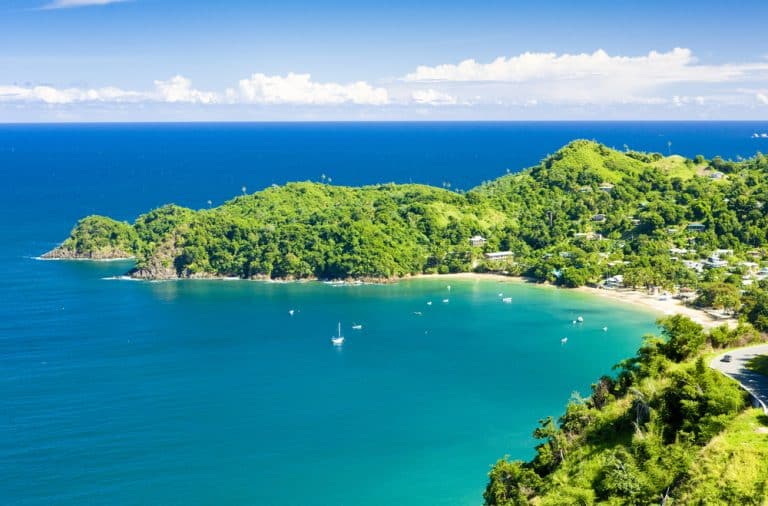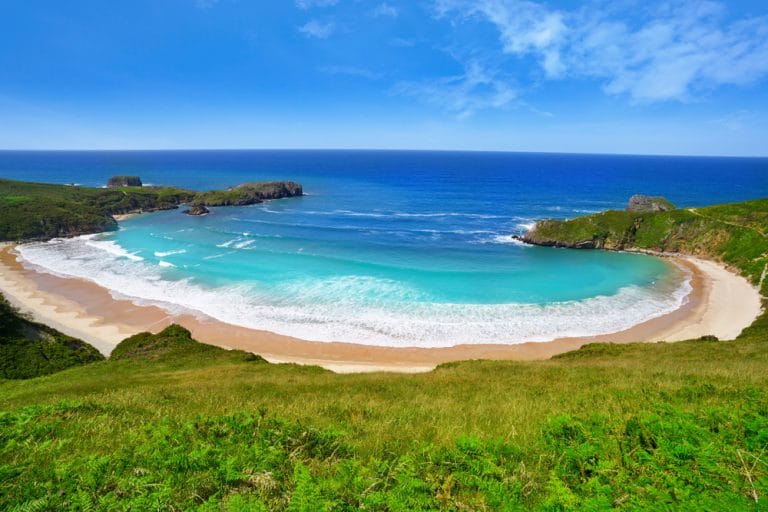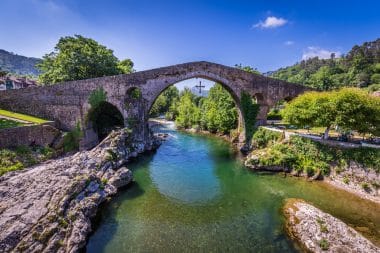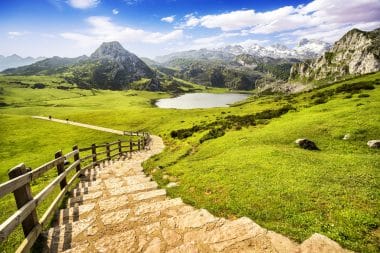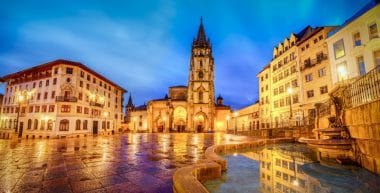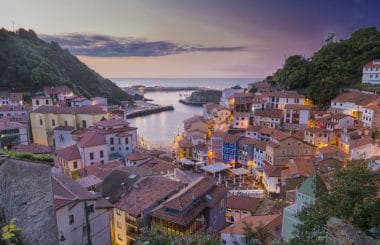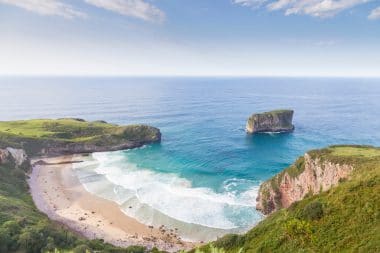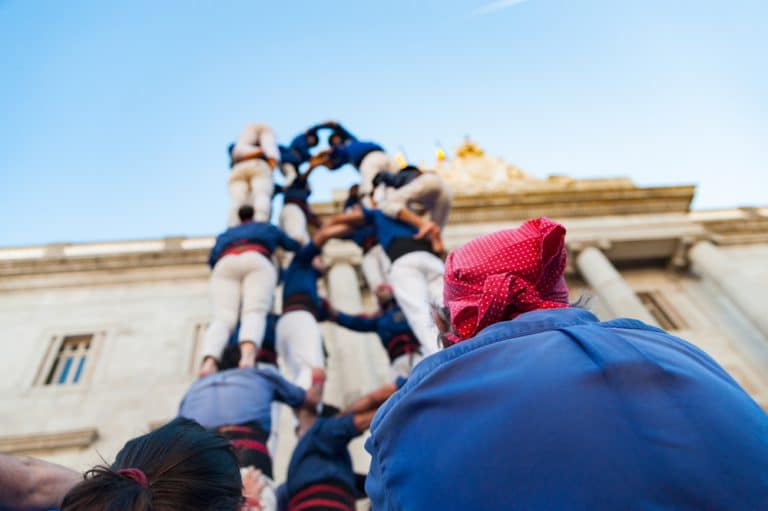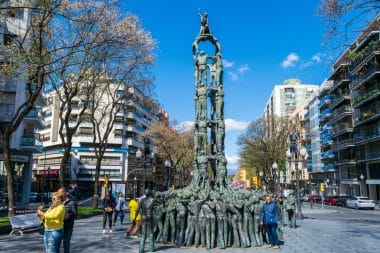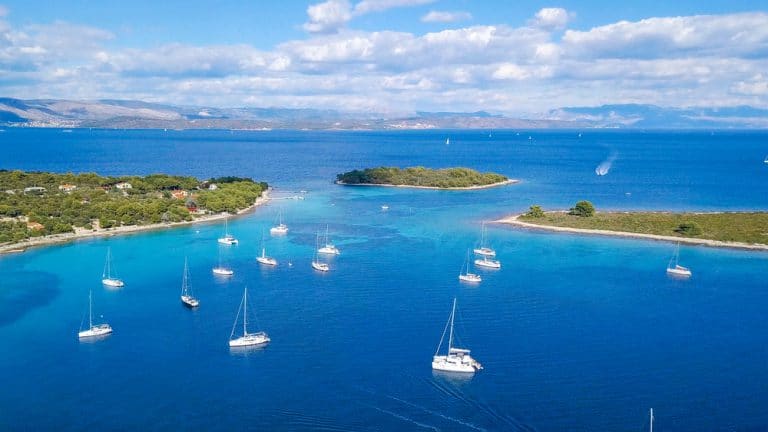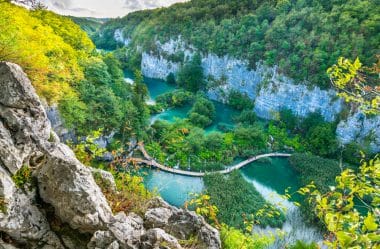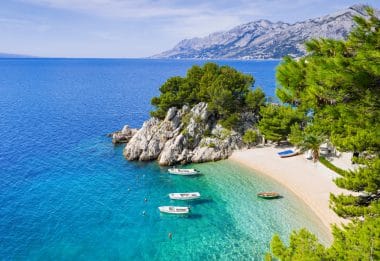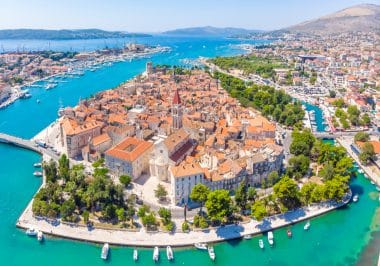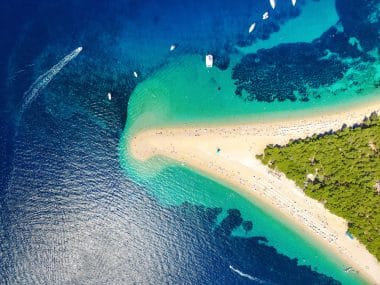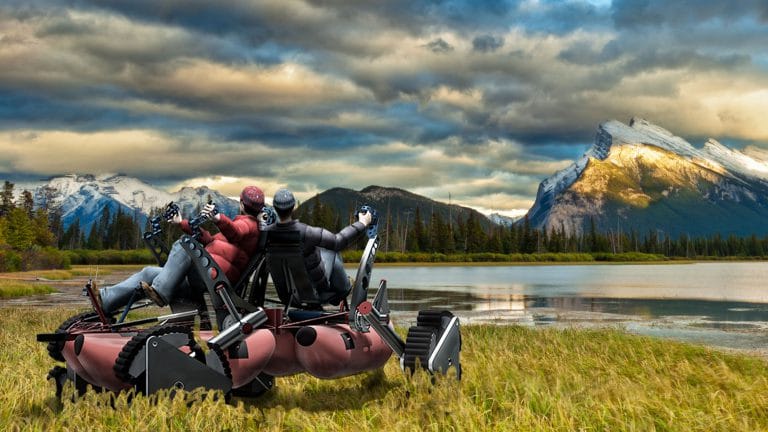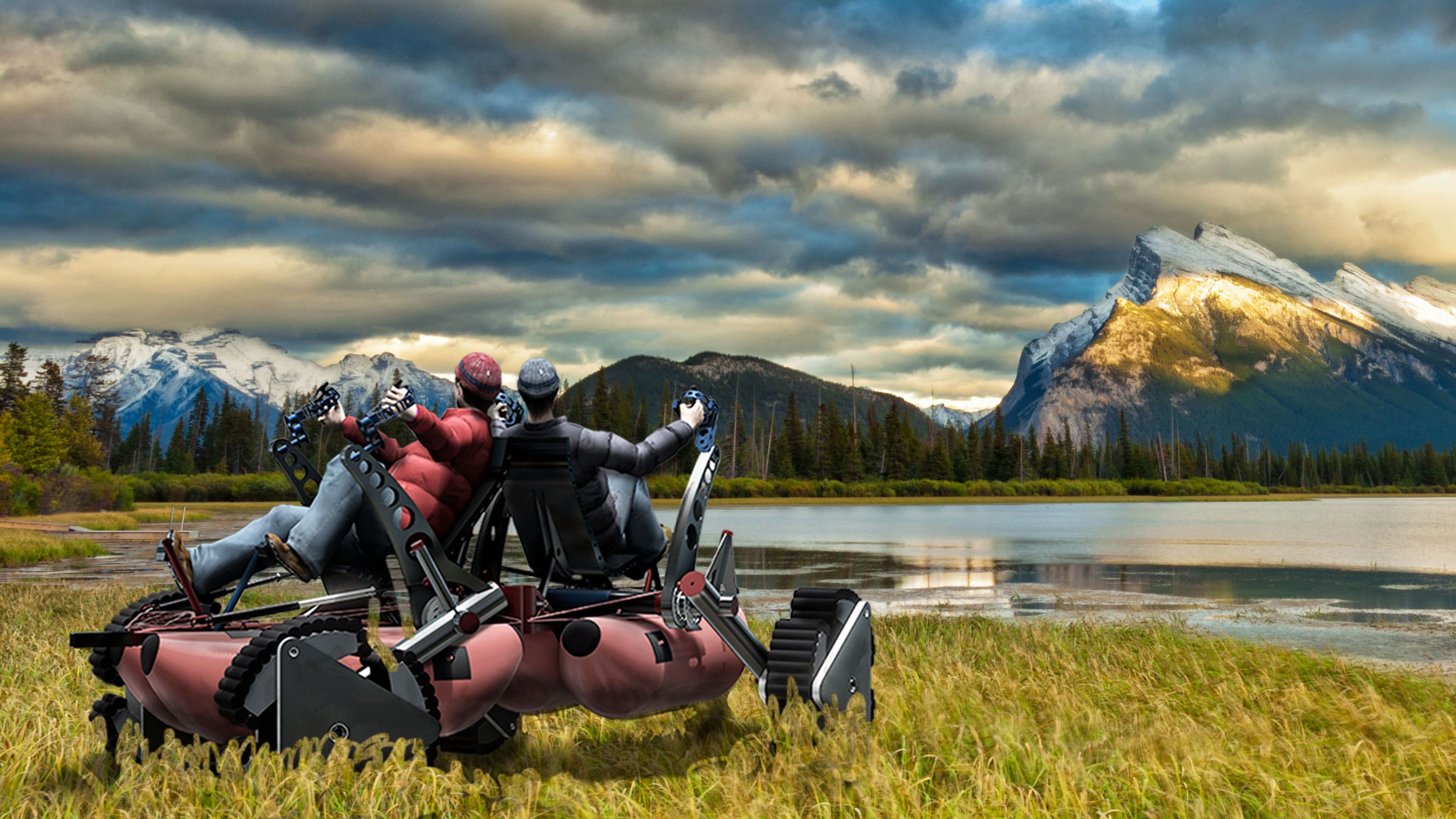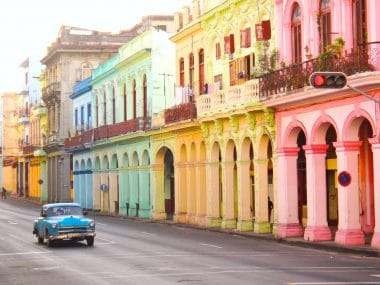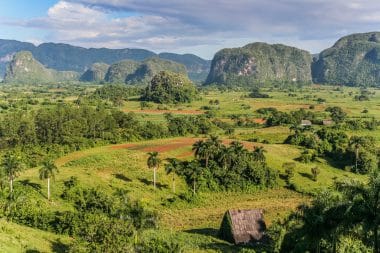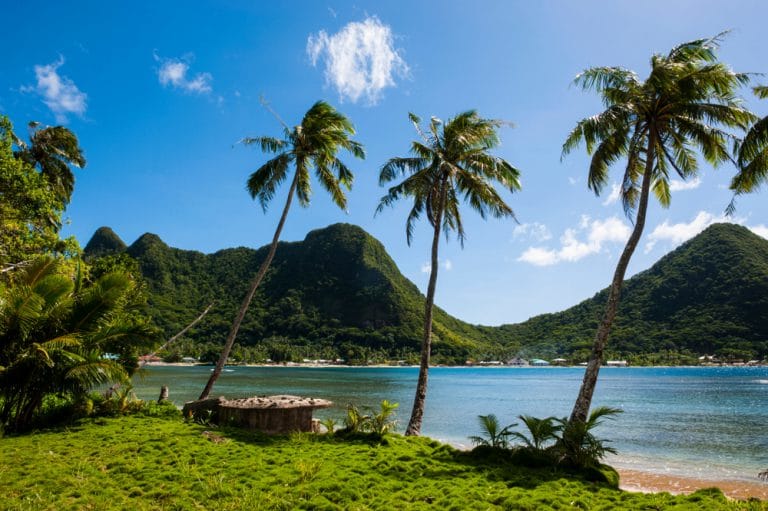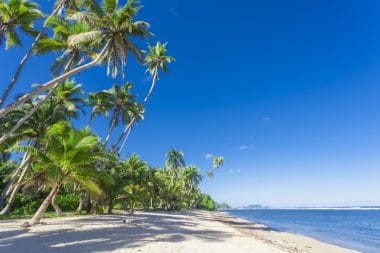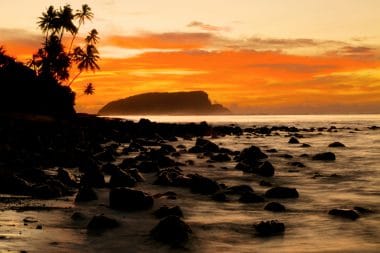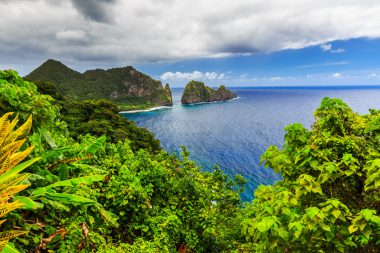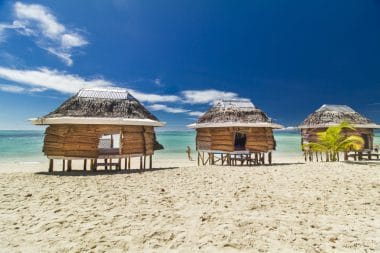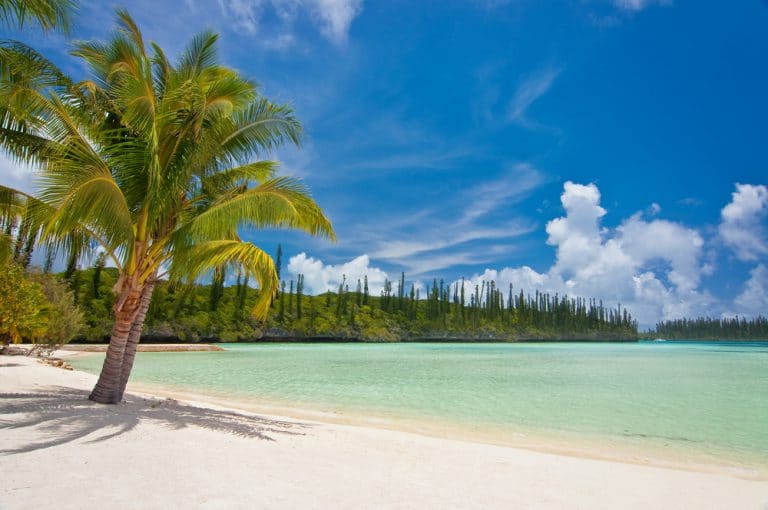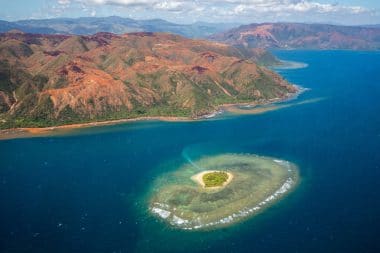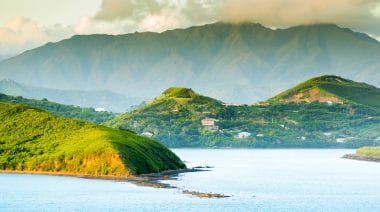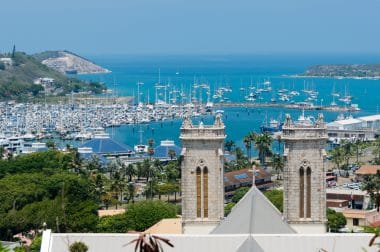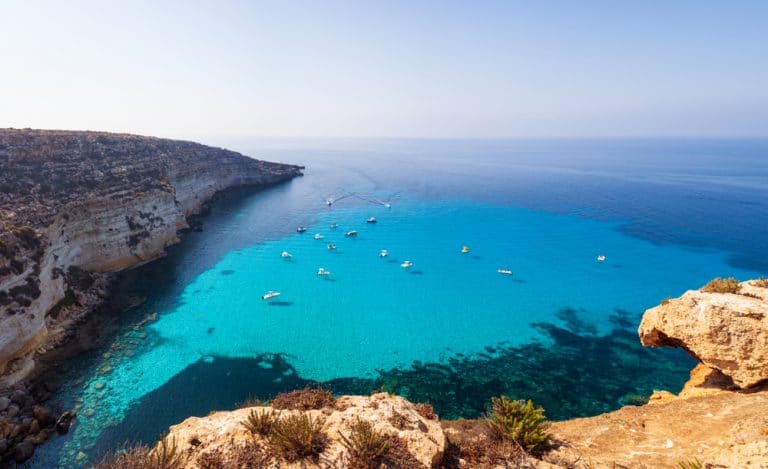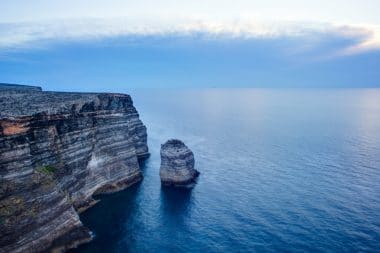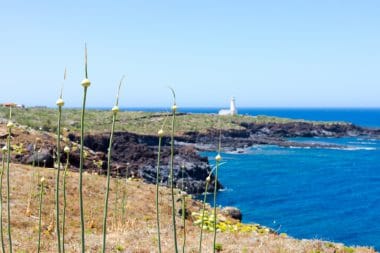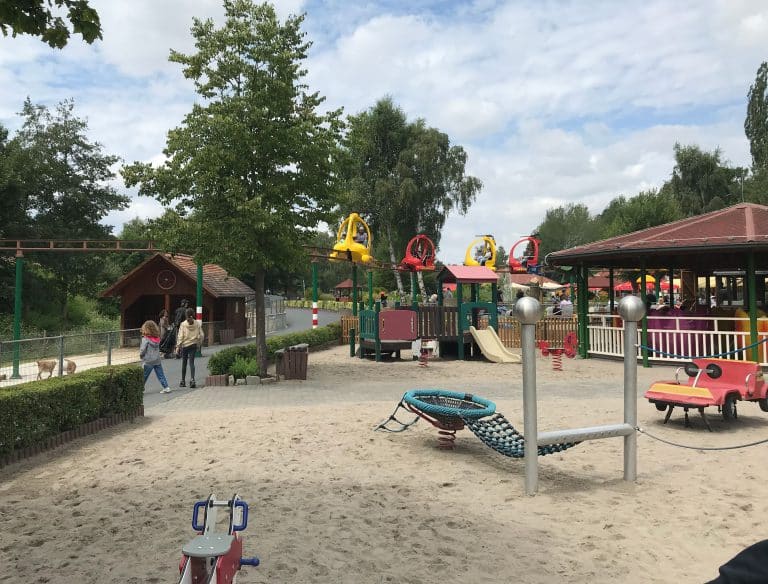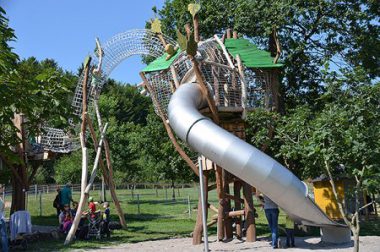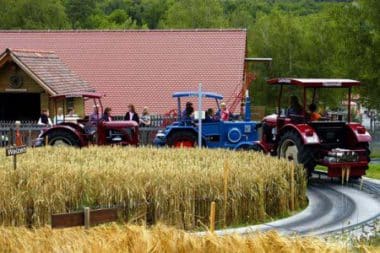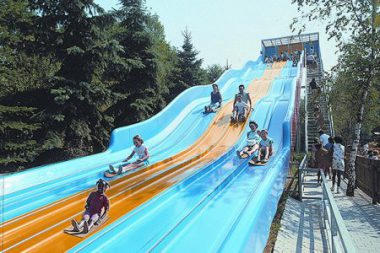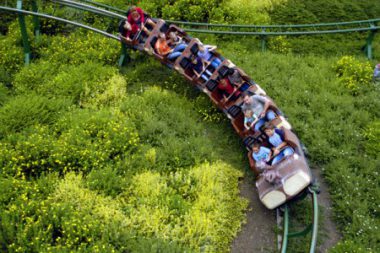Just off the coast of Venezuela is the often-mentioned but rarely visited island nation of Trinidad & Tobago. The two southernmost islands of the Antilles have a long and curious history and are still considered a curiosity in everyday life and in the various forums and reports for travel due to their exotic name. The charm of the Caribbean can be experienced here in a very special way. It is not least the people themselves who make this place a special destination for travelers and vacationers from all over the world. In addition, there are a lot of things to discover on the two islands.
Trinidad & Tobago – what can visitors expect?
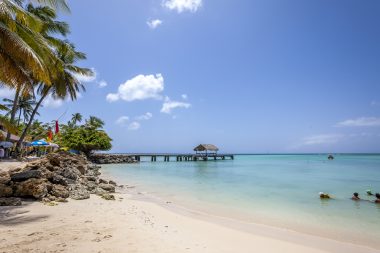
Although the two islands have developed an excellent reputation over the last few years as perhaps the most interesting destinations in the Caribbean, in fact only a few holidaymakers have an idea of what to expect in this Caribbean island state. In fact, the name is a little misleading, after all, the main island of Trinidad is almost 15 times the size of the attached Tobago. Otherwise, however, they have a great similarity to each other. If we disregard the breathtaking beaches, it is above all the densely forested areas in the interior of the islands that attract a lot of holidaymakers to this day.
Many years ago, the two islands broke away from the South American mainland and have since been part of the Caribbean archipelago, which are particularly popular not only because of the excellent weather, but of course also because of the many beaches and other wonders of nature. In the case of Trinidad & Tobago, it is above all the clear differences between the larger cities of the islands and the nature in the interior that quickly become visible to visitors. This is particularly evident when you take a bus from Port-of-Spain, the capital of the two islands, to the heart of the island in just half an hour.
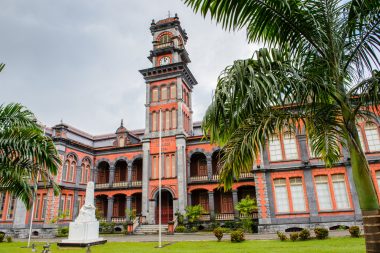
In general, the months between December and March are the best time to treat yourself to a trip to the island. For the normal European, all months beyond that are either too warm or too closely associated with the hurricane season, which hits the Caribbean and especially Trinidad & Tobago every year with significant force. On the other hand, tourists have a wide variety of opportunities to find good accommodation here. There are the classic hotels with different price and luxury ranges, holiday apartments, apartments and many other options to spend a few days or even weeks on the two islands. The well-developed infrastructure is another bonus for holidaymakers.
Experience and discover Trinidad & Tobago

The time of the colonialists has left its mark on the island. Here and there, the Victorian houses from the former era can still be found, even if in the meantime many historical testimonies have had to give way to modernity, especially in the city centres. But that’s exactly why a stroll through the streets is a good idea. The contrast that can be found here on every corner is not only something for fans of history, but also something for those who are simply looking for a good opportunity for quick and cheap shopping on the island.
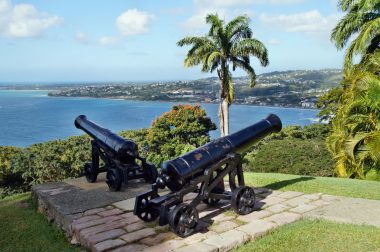
It is the cities themselves that convey this charm and not just invite you with the typical culture. Many restaurants and pubs, bars and clubs also offer one or the other impulse in the nightlife area. Finally, it is also the theaters and the botanical garden that attract many visitors from all over the world. So if you prefer urban life, there is a lot on offer on the two islands.
For fans of history and history, the other capital, Scarborough, also offers just the right environment. The old fort, the parliament building and other buildings from the colonial era spread their charm. In fact, however, most tourists are drawn to the much smaller neighboring island for other reasons. On the one hand, this has to do with the fact that there are many areas here that are still protected and can only be explored in one tour. On the other hand, it is the part of Trinidad and Tobago that is particularly popular with athletes and explorers. The coral reefs around the island are known all over the world and a very active scene has developed here for very different types of diving.
Off to the Caribbean
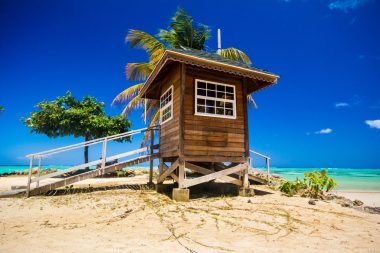
So there is a lot to discover on the two islands. On the one hand, there is the historical side of Trinidad & Tobago, and on the other hand, the almost untouched nature. Combined with the Caribbean cuisine that can be found in almost every restaurant here, the islands are perfect for cultural explorers. But athletes, hikers and divers will also get their money’s worth here and be able to spend a unique holiday.


